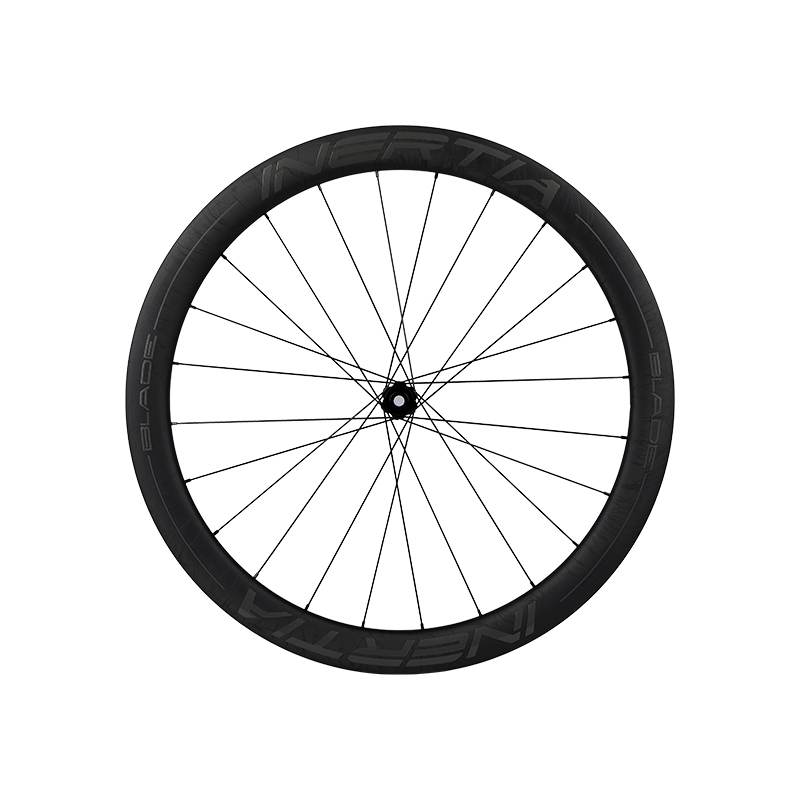Understanding Inertia Wheels
Before delving into their effects on energy efficiency and pedaling effort, let's briefly explore how inertia wheels function. When a bicycle is in motion, the spinning motion of inertia wheels generates angular momentum. This angular momentum contributes to the bike's stability by resisting changes in its orientation, helping to keep the bike upright and steady, particularly during maneuvers such as turning or leaning. Additionally, the gyroscopic effect of the spinning wheels influences the bike's handling, aiding in maintaining a straight path and reducing wobbling or veering off course.

One of the potential impacts of inertia wheels on cycling is their effect on energy efficiency. The angular momentum created by the spinning wheels can help maintain the bike's momentum during brief interruptions in pedaling or when coasting. This means that cyclists may experience smoother transitions in speed, requiring less frequent bursts of energy to regain momentum. Essentially, inertia wheels can contribute to a more fluid and efficient riding experience, especially in situations where constant acceleration and deceleration are involved.
However, it's essential to note that while inertia wheels can enhance energy efficiency in certain scenarios, they may also introduce some trade-offs. The additional weight of inertia wheels can increase the overall mass of the bike, potentially requiring slightly more effort to accelerate from a standstill or tackle steep inclines. Cyclists may need to balance the benefits of enhanced momentum retention with the added weight considerations, depending on their riding preferences and terrain.
Pedaling Effort and Stability
In addition to energy efficiency, inertia wheels can also influence the pedaling effort required while cycling. The gyroscopic effect of the spinning wheels affects how the bike responds to pedaling inputs, particularly during maneuvers such as initiating turns. The gyroscopic force resists immediate changes in the bike's orientation, providing a degree of stability during turns and reducing the effort needed to maintain balance and control.
This aspect of Inertia wheels can be particularly beneficial for cyclists who value stability and smooth handling, especially when navigating challenging terrain or executing precise maneuvers. The added stability can instill confidence in riders, allowing them to focus more on their technique and enjoyment of the ride.



 Español
Español












